Every gardener I know starts to get restless after a couple weeks of winter. The call of the soil, the lure of green growing things, and the need for outside time is strong this time of year. Especially here in the Pacific Northwest where our winter days are short, dark, and stormy (although those days have their own beauty). And with travel restrictions in place, a winter vacation seems impossible this year. Besides, hiking, neighborhood walks, and beachcombing only does so-much. So, there are few better uses of this gardener’s time than to Plan the Summer Garden!
Last summer I cut back on growing vegetables because I was worried about water usage. This is an issue I have struggled with for years, and to date have not resolved my concerns completely. We have 6 rain barrels and I use that water for ornamentals in-ground and for container gardens. But as Seattle summers can be very long and dry, and our region now is drought-prone, these large capacity barrels are often emptied by the end of July or mid-August at the latest. Our dry summers often extend into late September. Vegetables use a lot of water no matter the amount of mulch covering the beds, and city water is expensive and finite. But, I did manage to grow a good crop of onions, potatoes, carrots, lettuce, spinach, broccoli, and tomatoes. Also, I grew a few edible flowers which the neighborhood rabbit apparently enjoyed. My spouse grew peas, beans, and gorgeous climbing nasturtiums. All grown in raised beds where I can control soil conditions and keep water-holding capacity high.
This summer, depending upon long-term weather forecasts, I will probably grow a limited amount of food. But if the long-term precipitation forecast looks good, then Watch Out Garden – here I come! However, in the meantime, planning and perusing plant and seed catalogs will have to do.
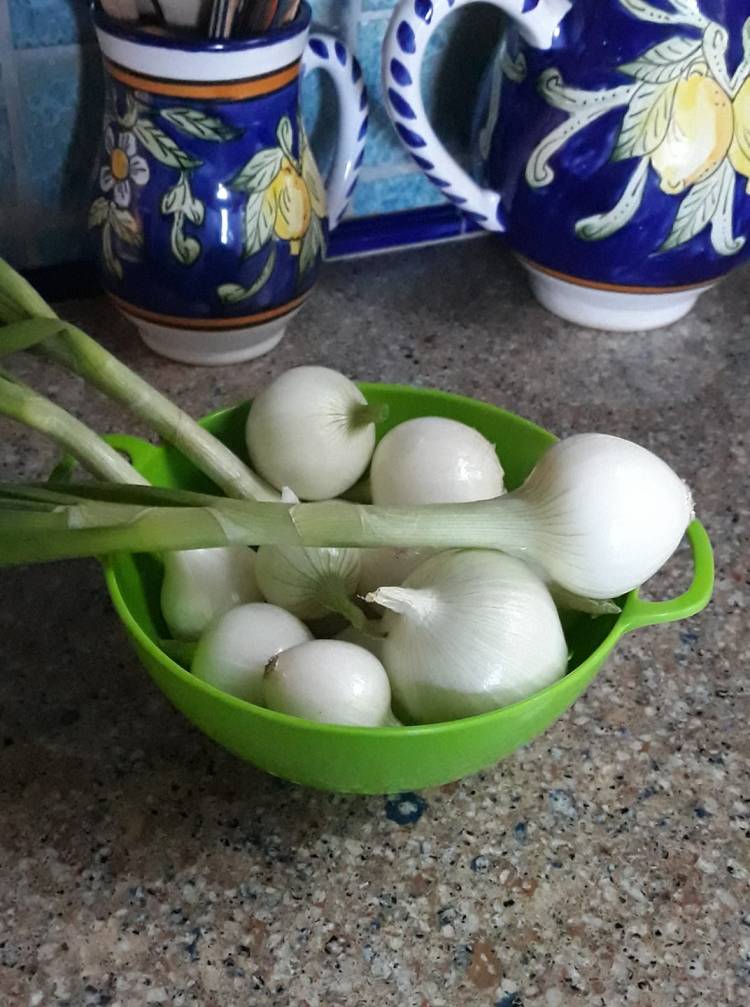
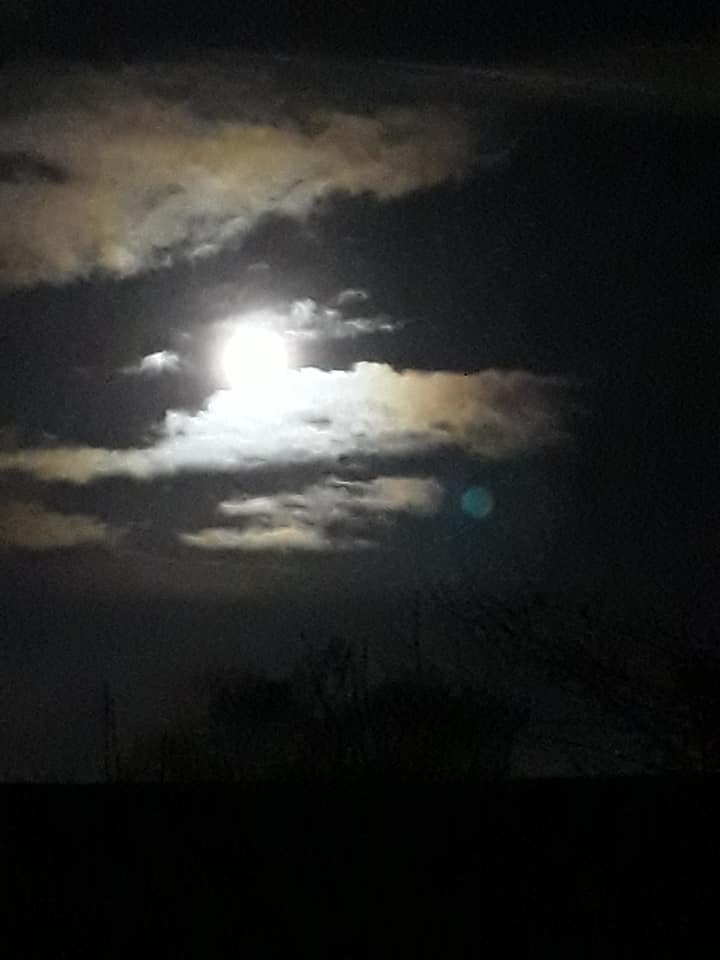
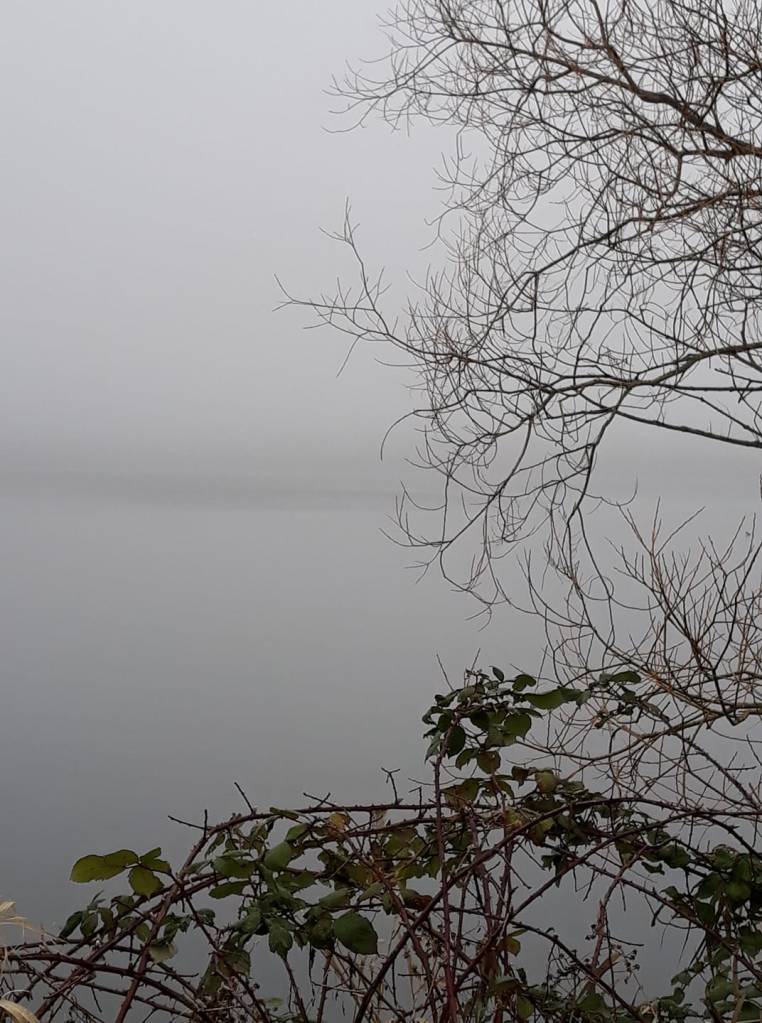
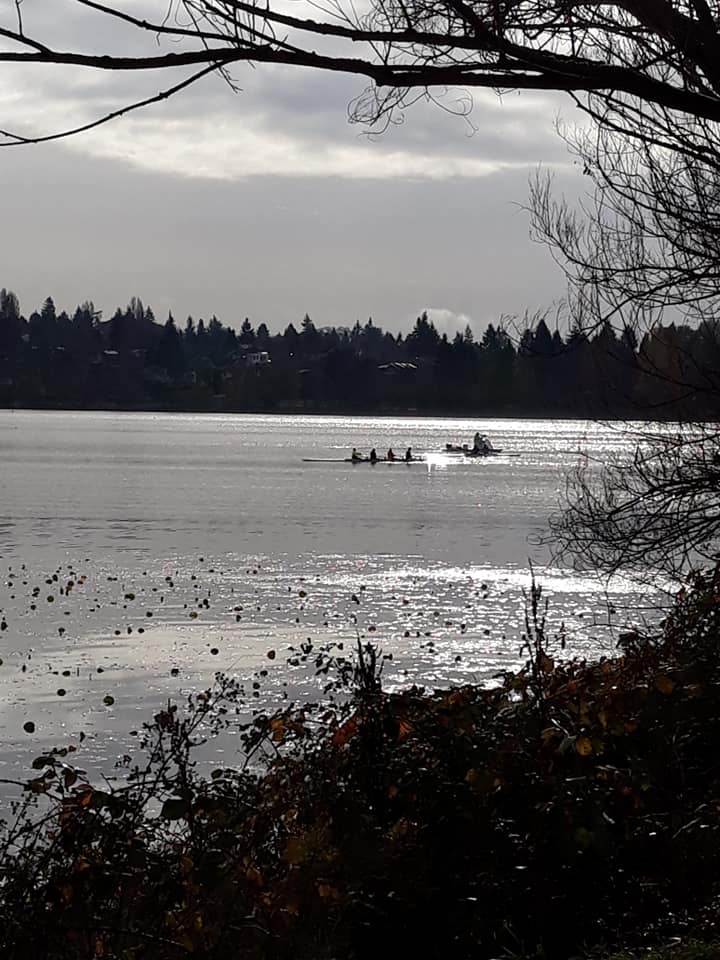
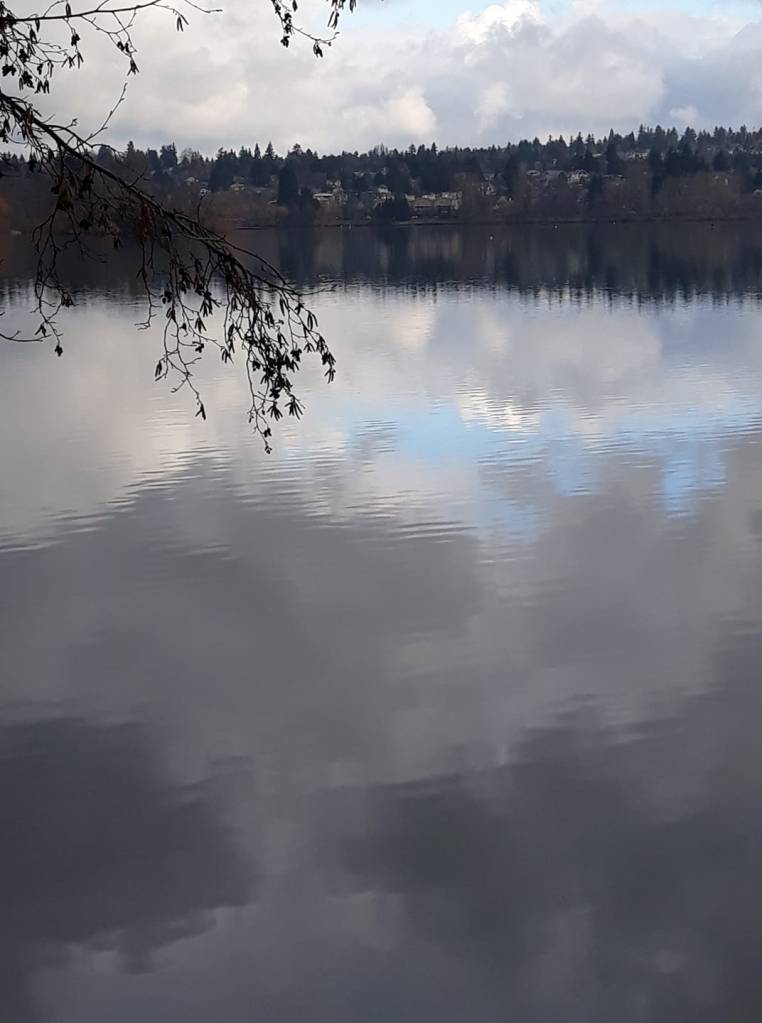
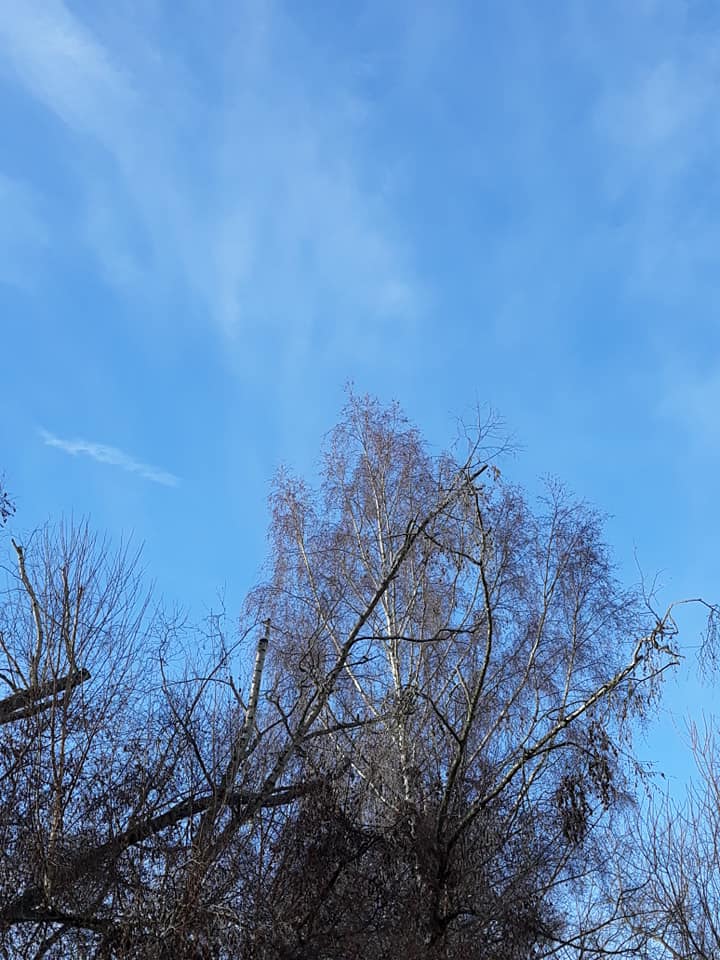
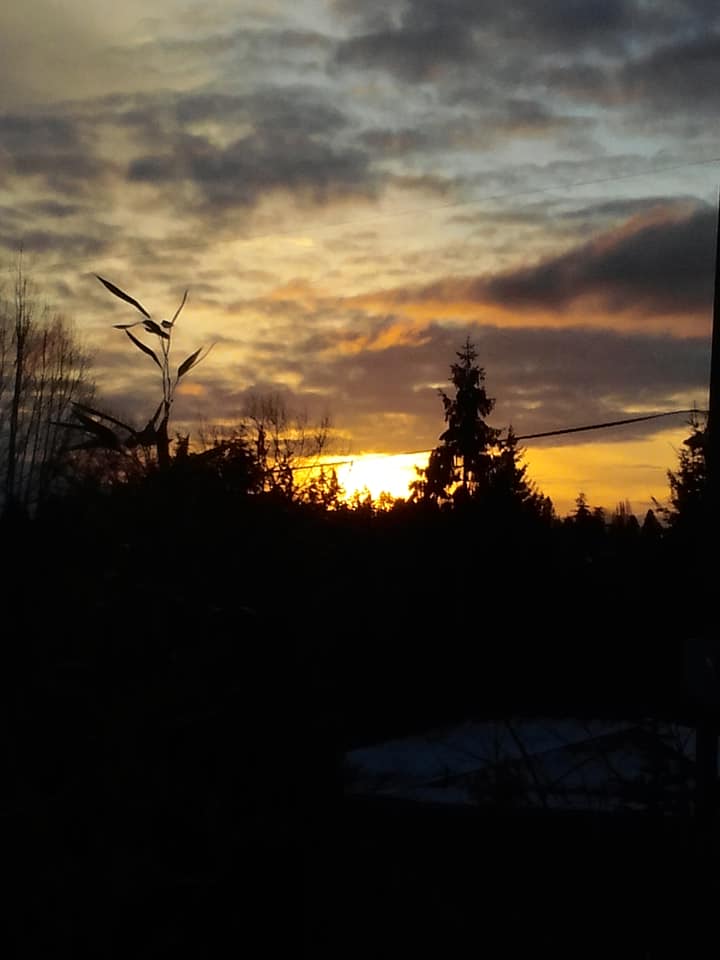
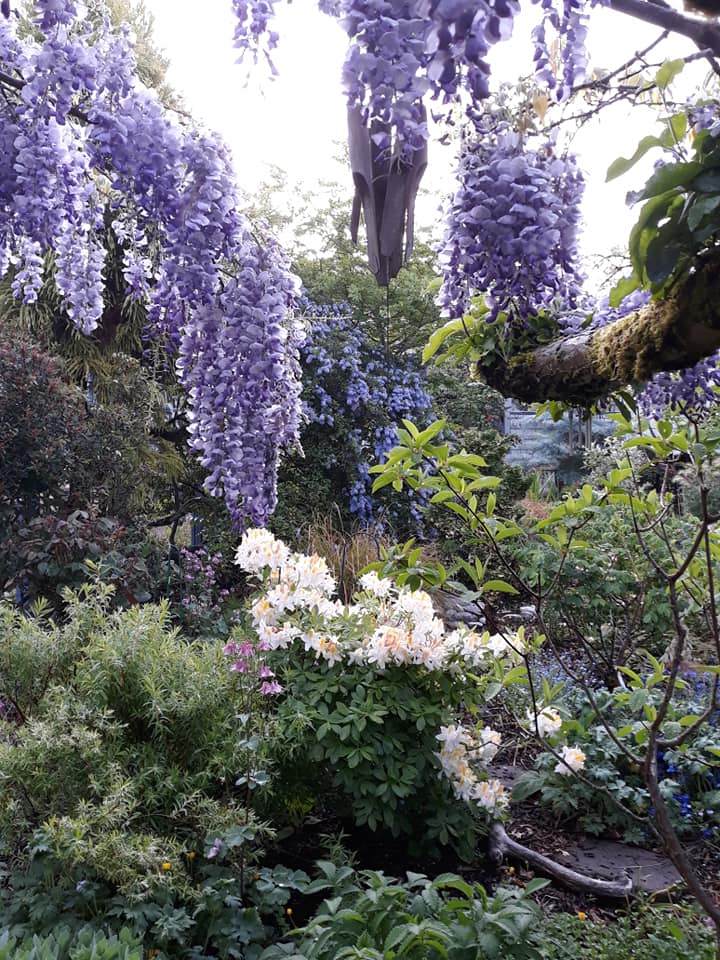
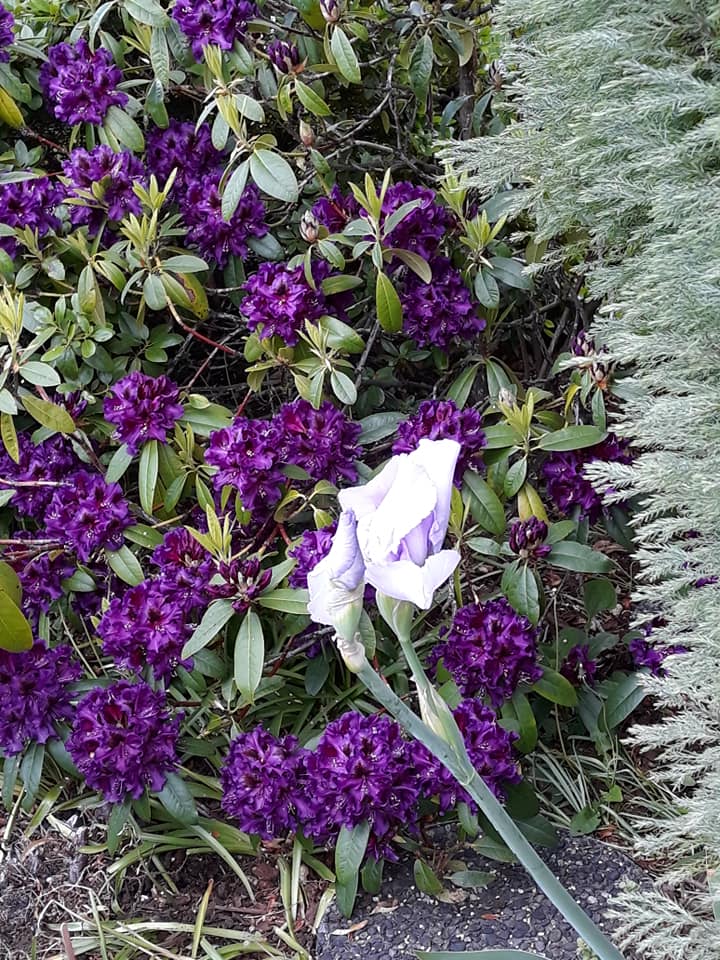
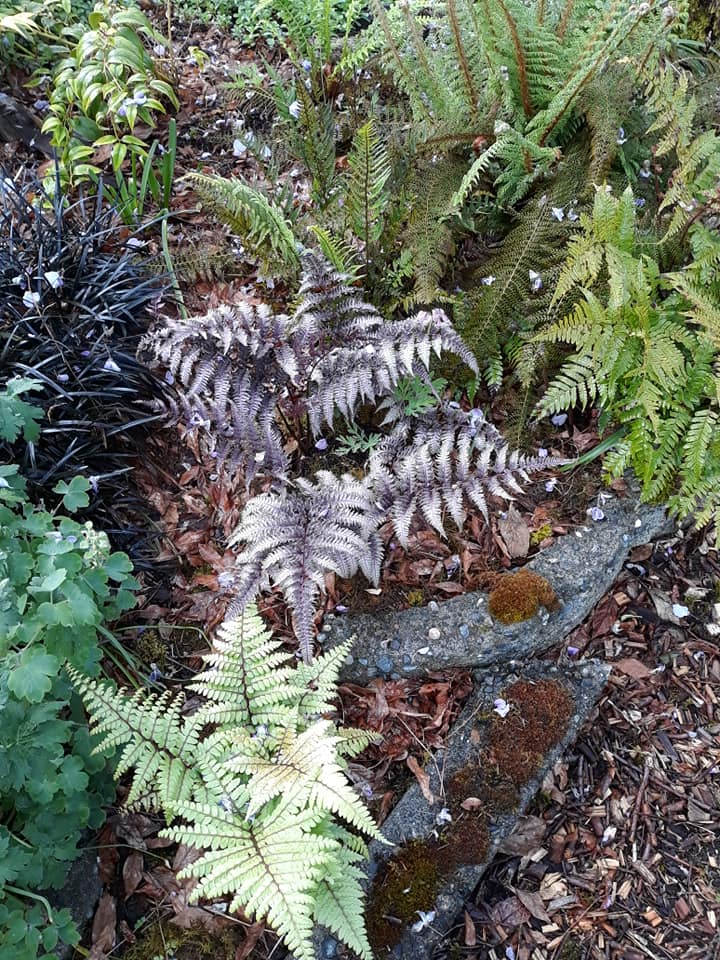
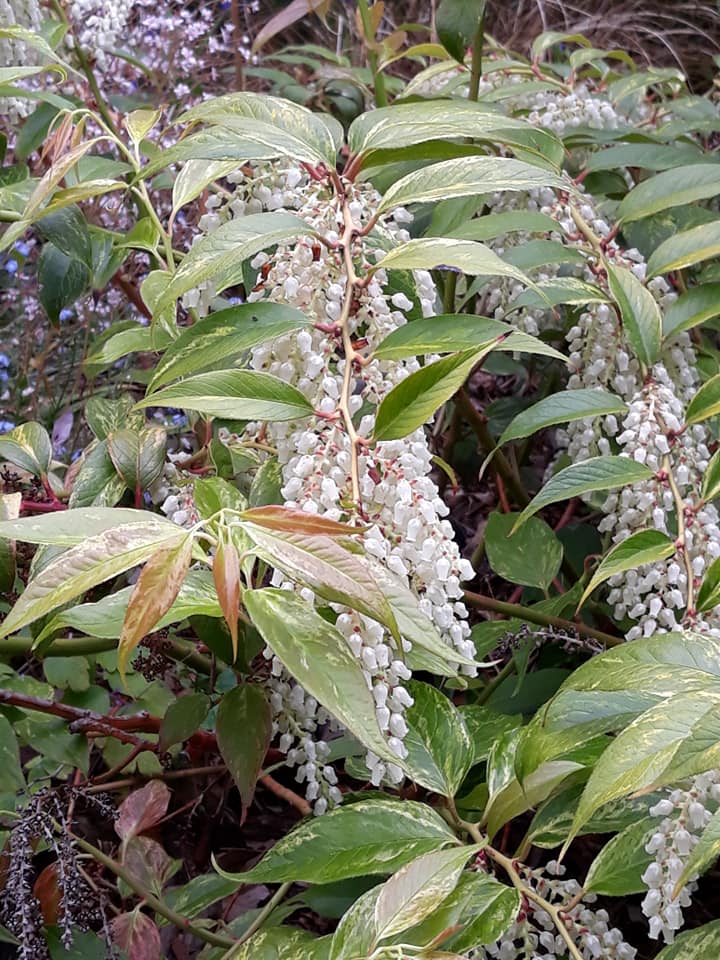
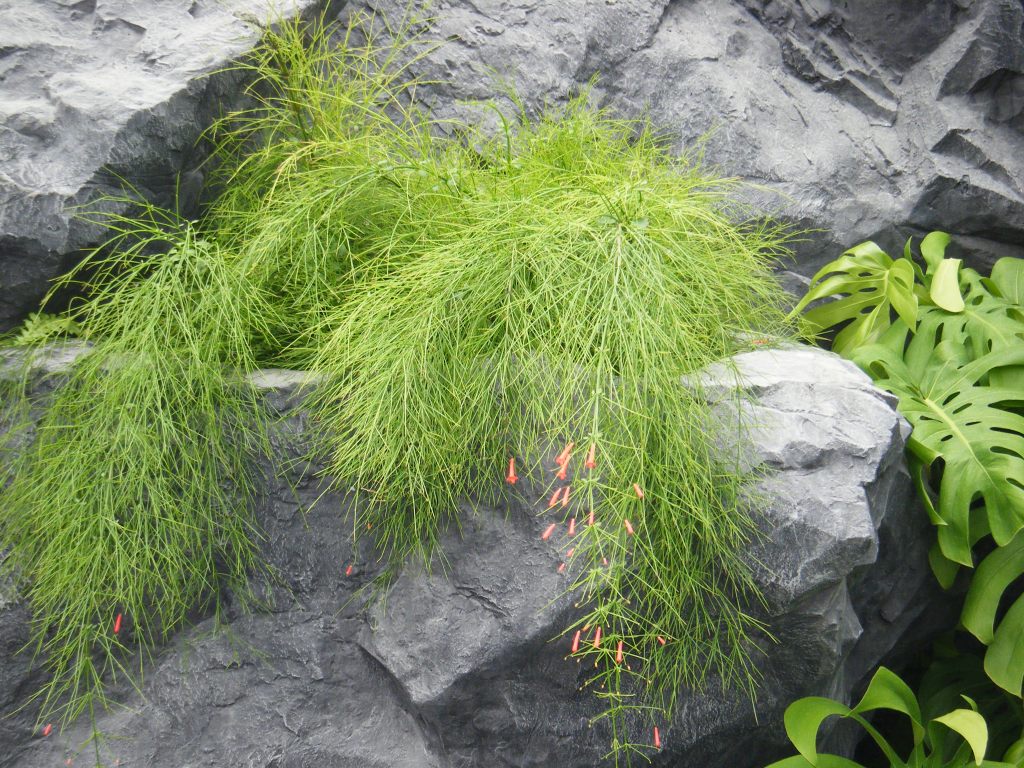
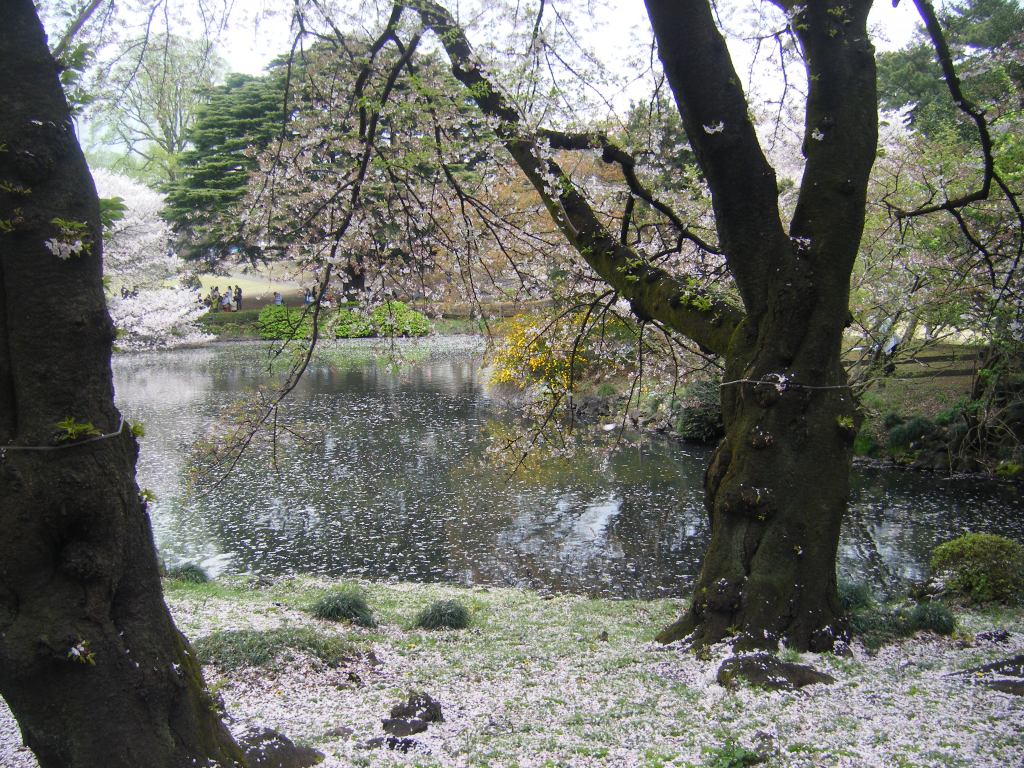
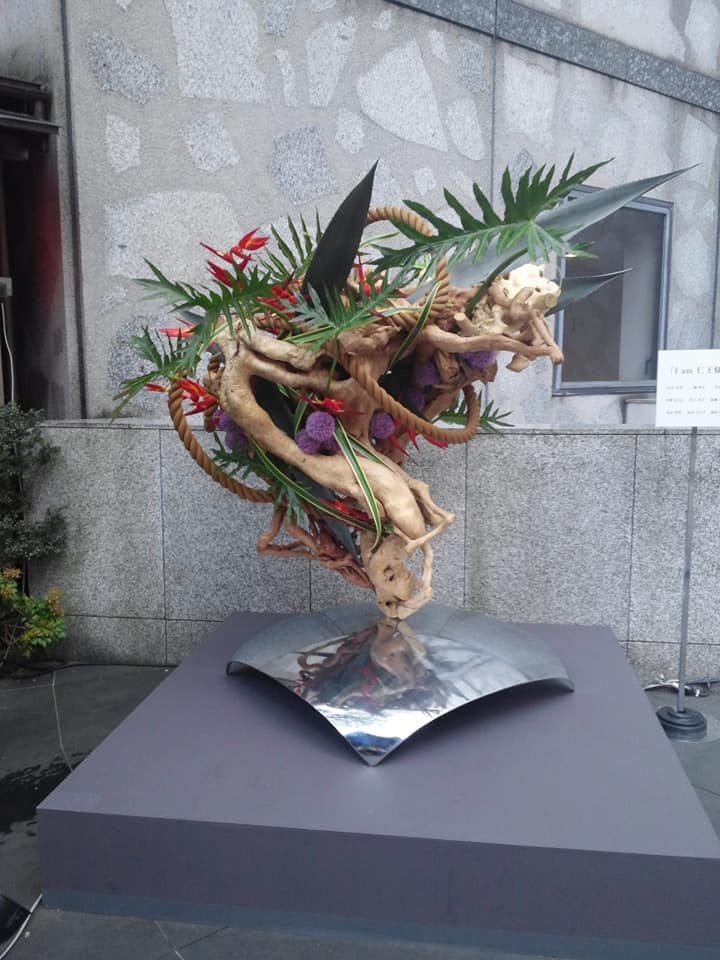
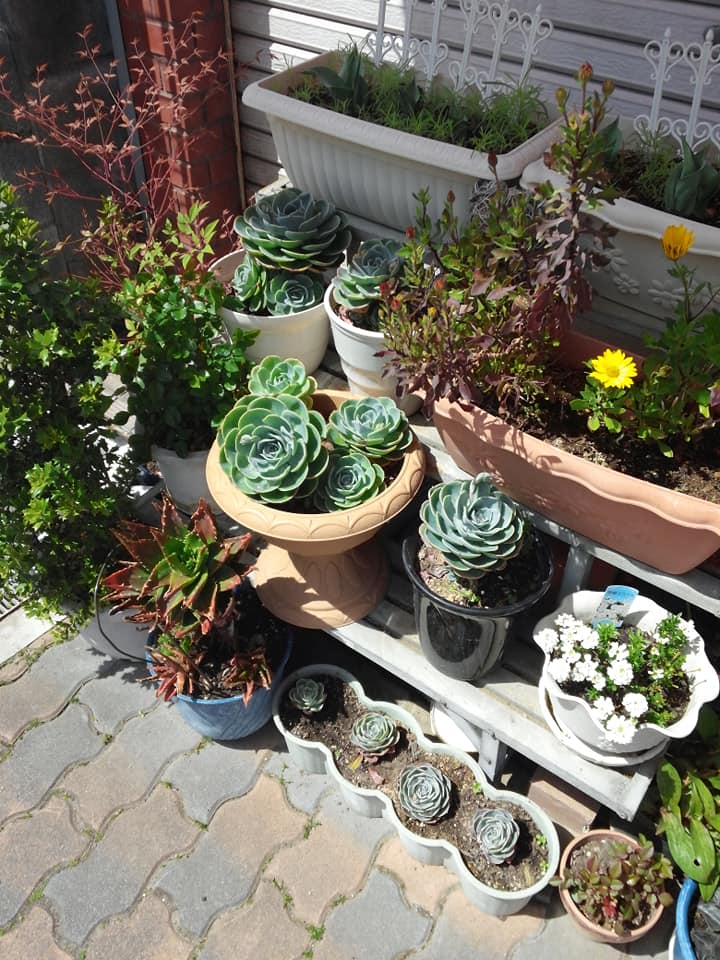
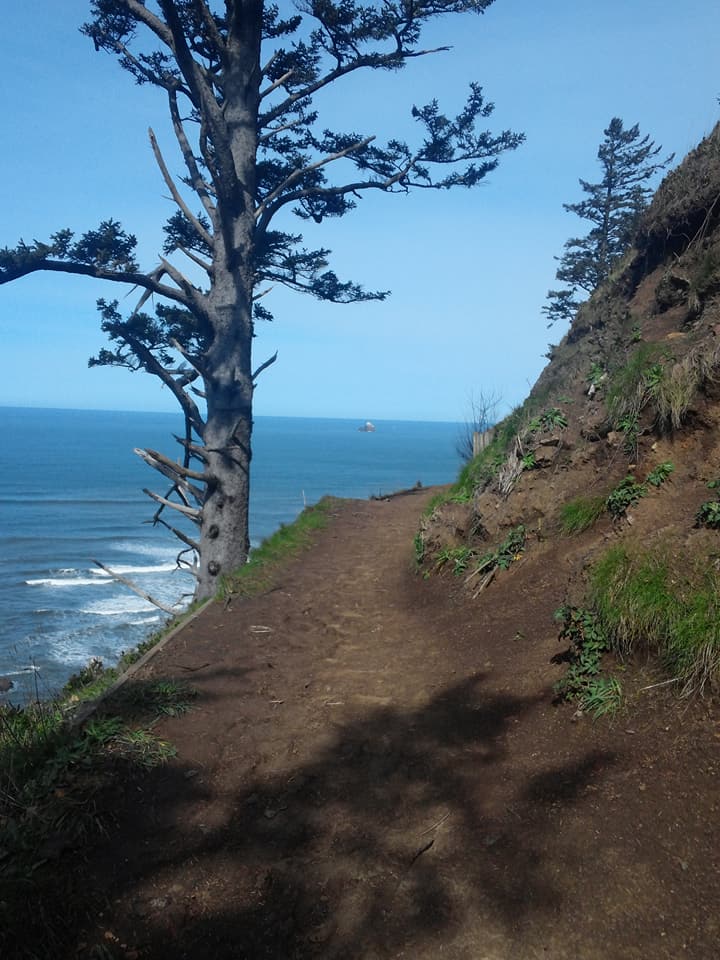
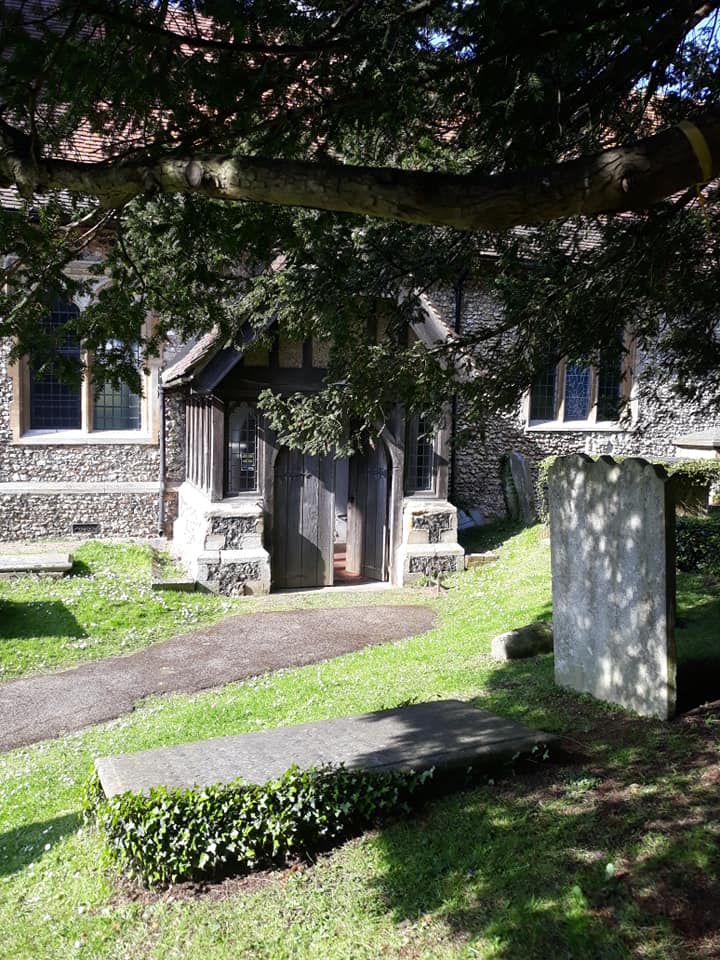
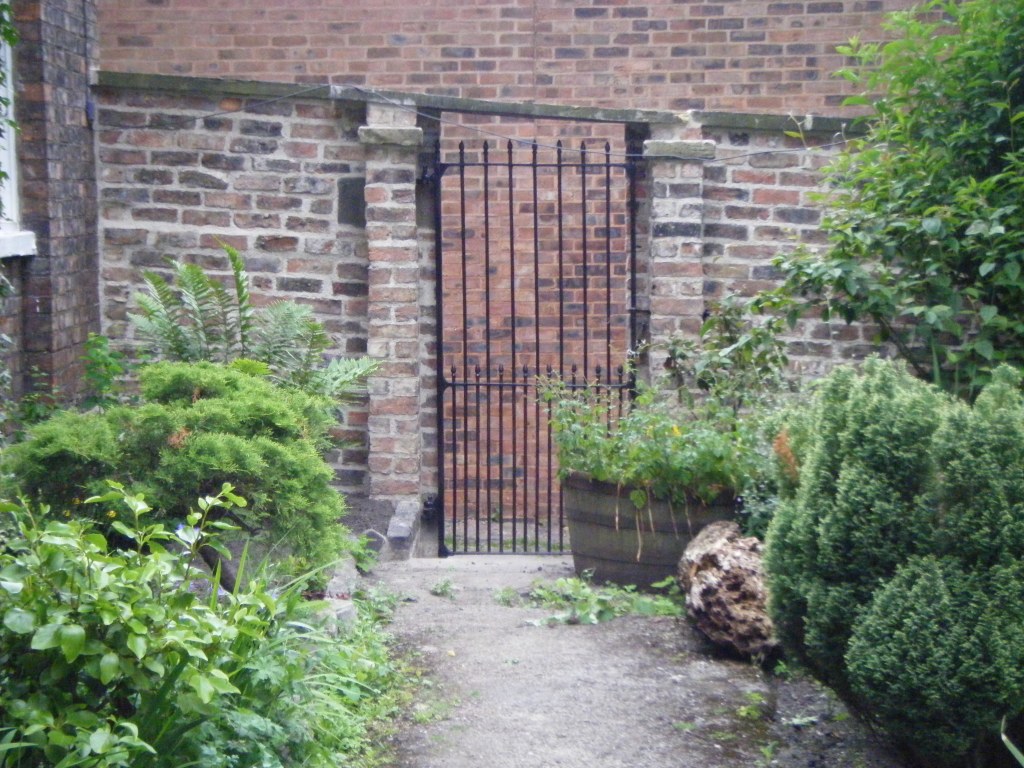
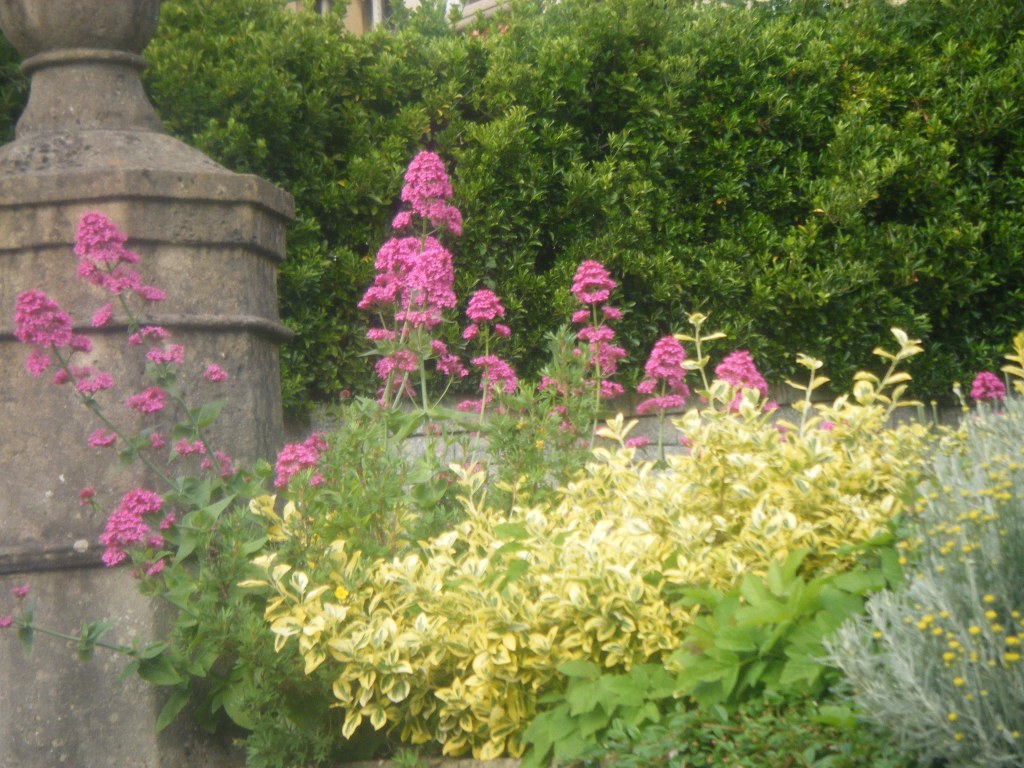
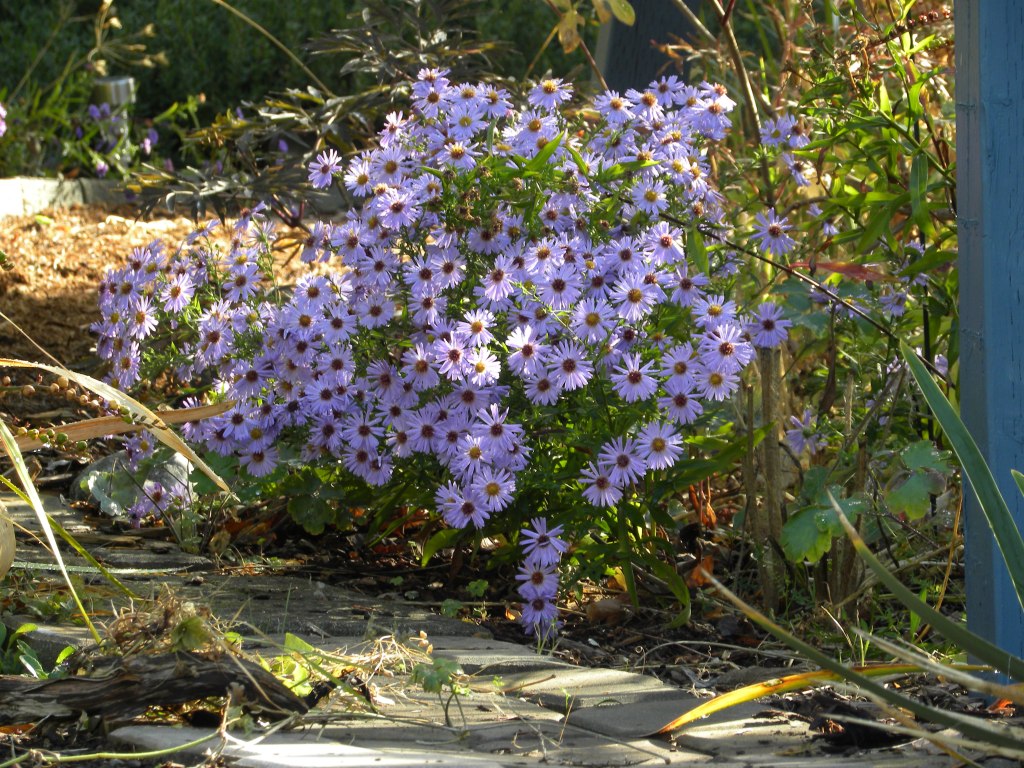
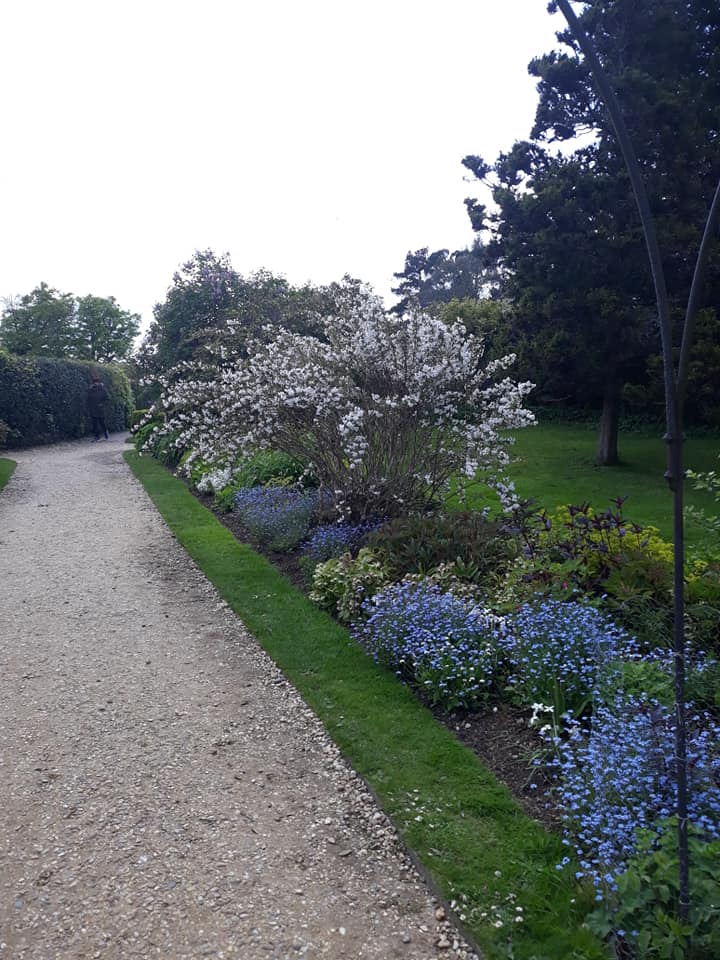
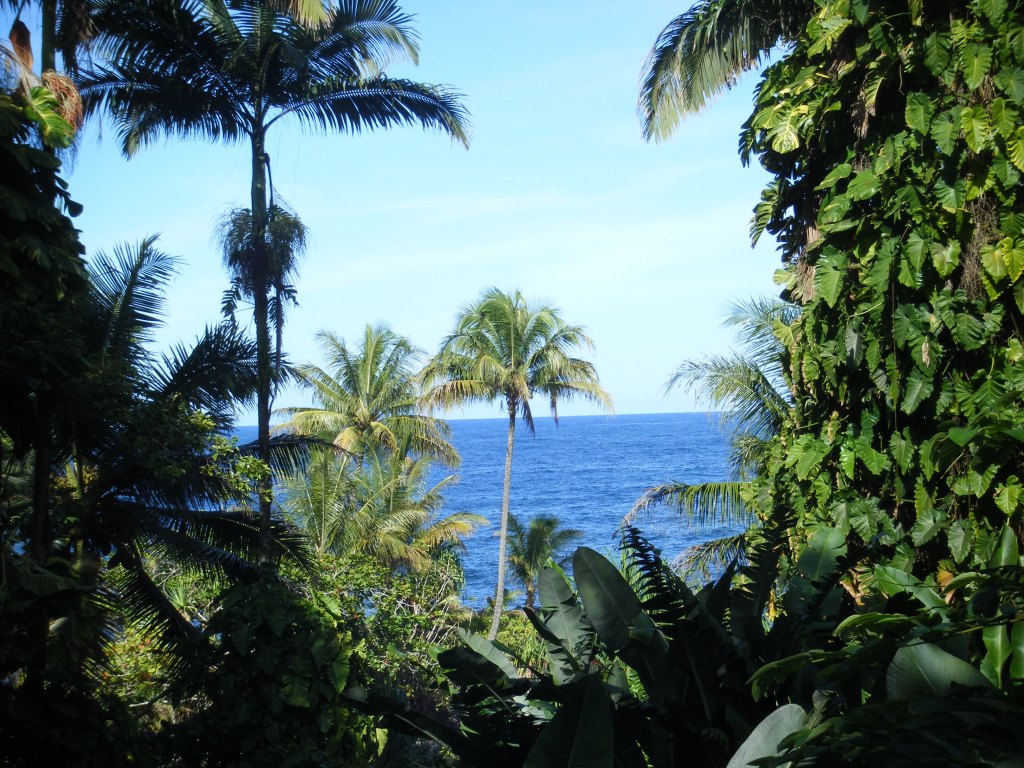
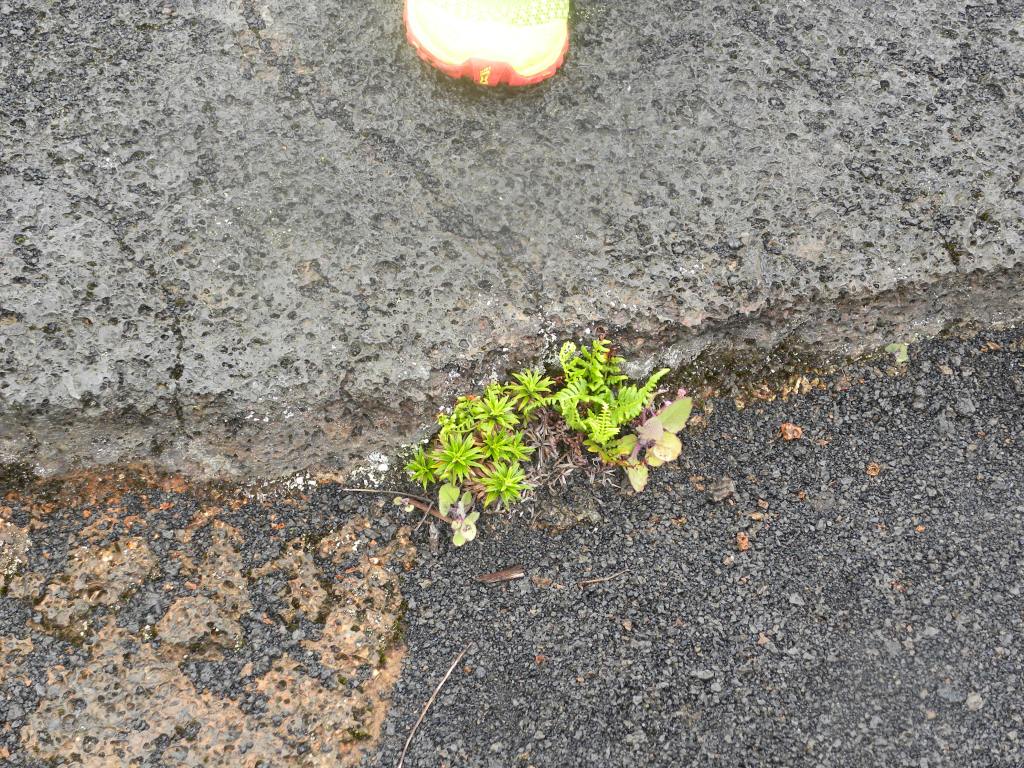
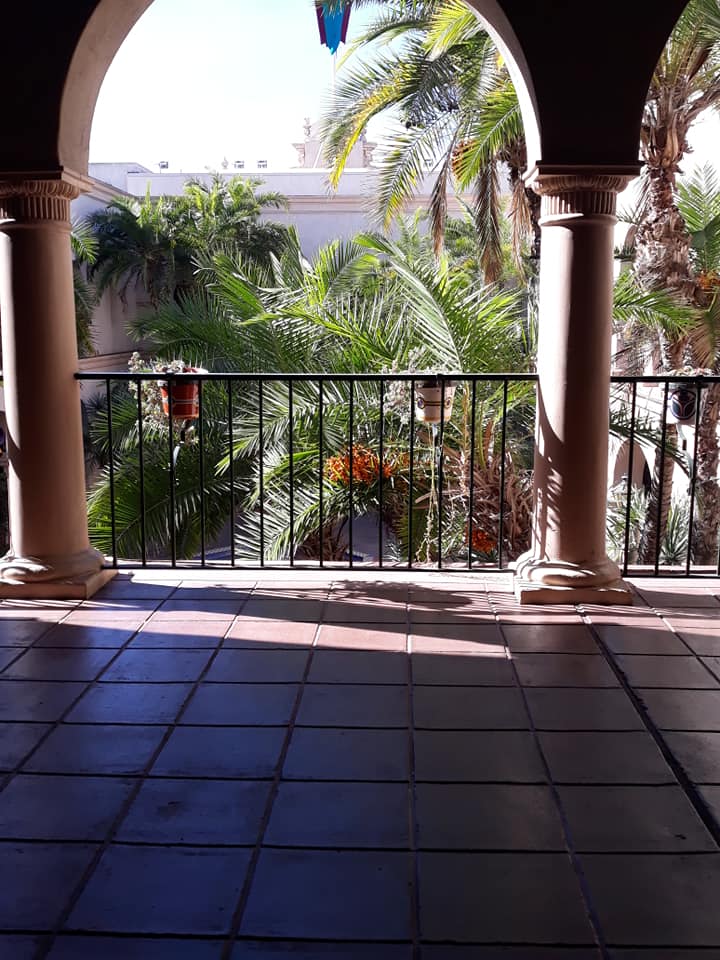
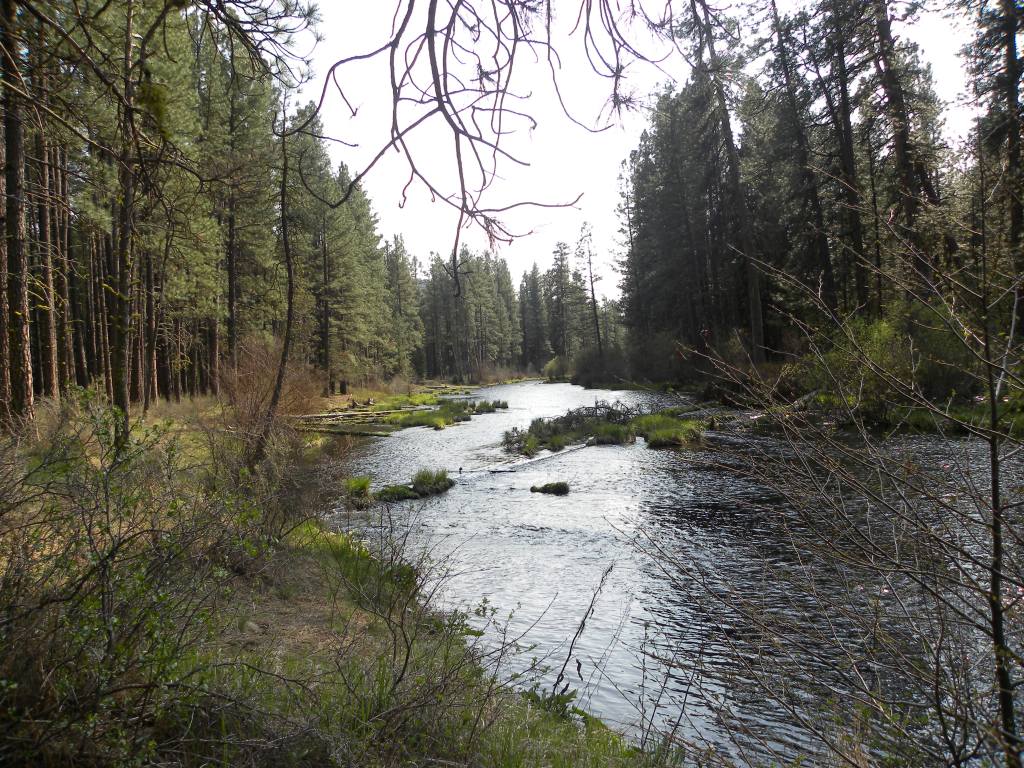
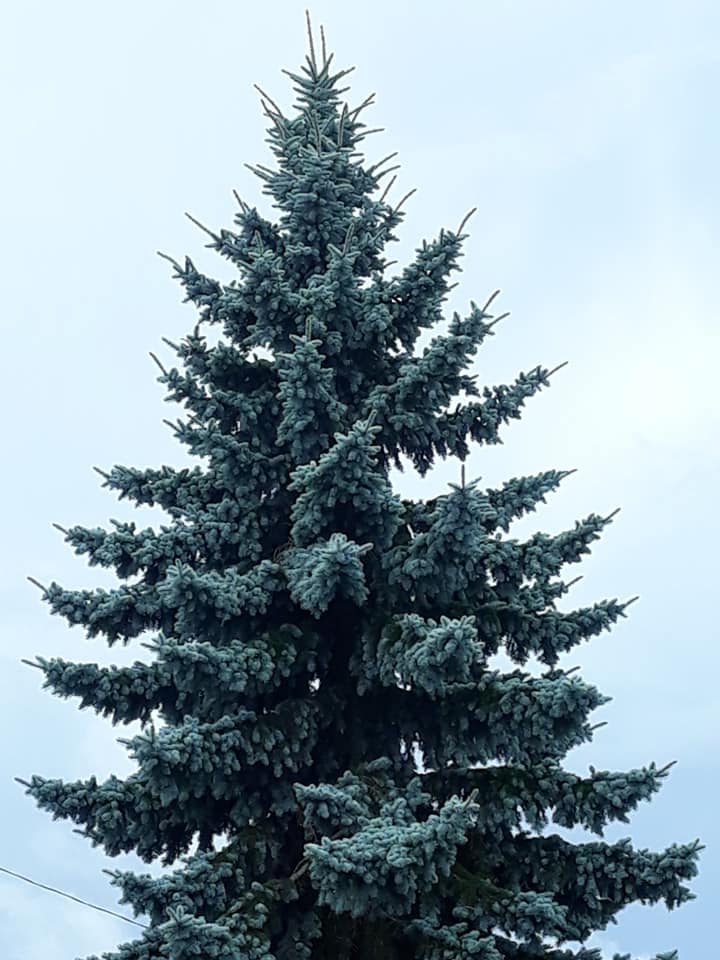
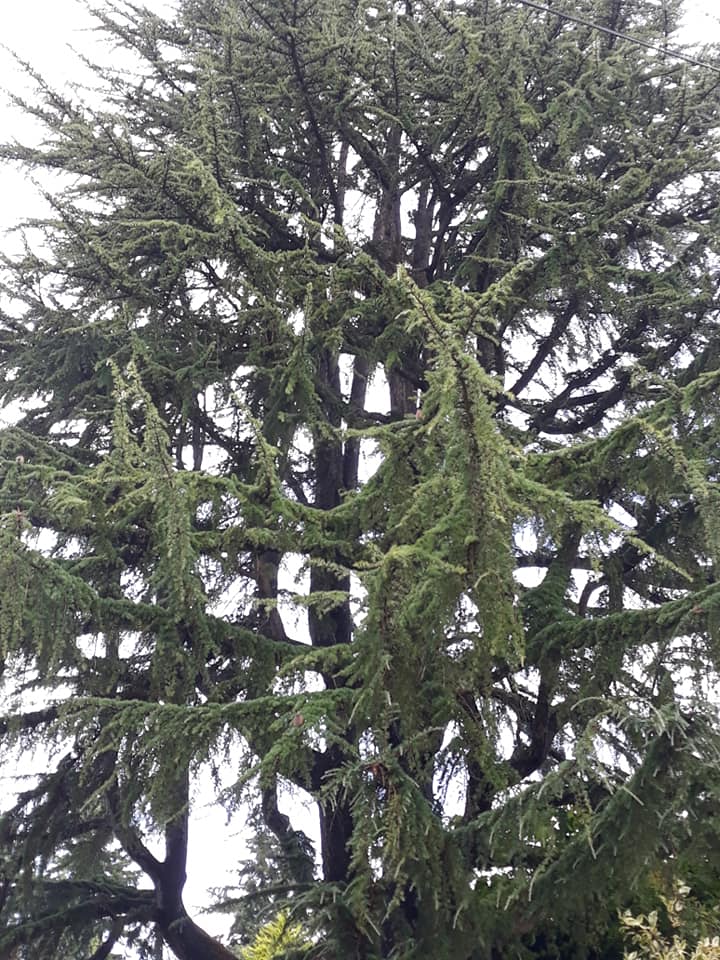
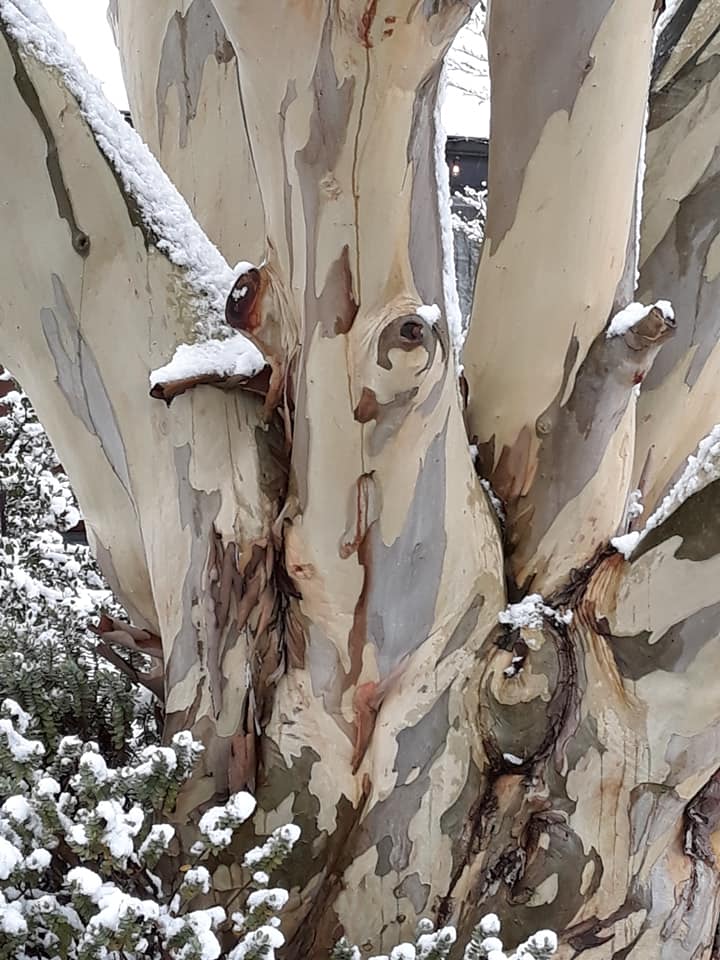
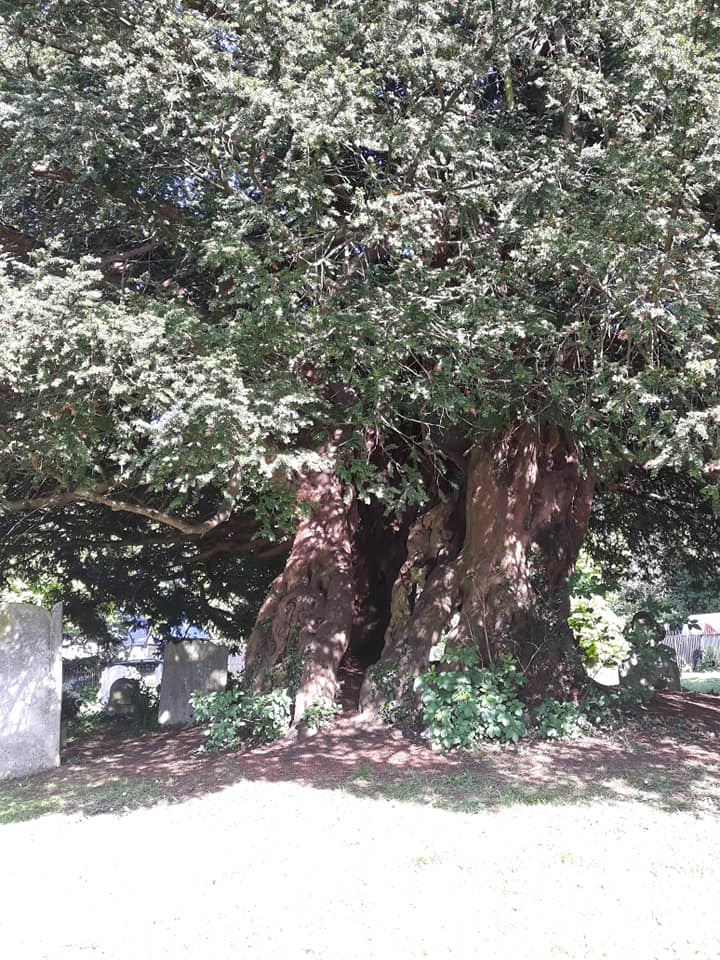
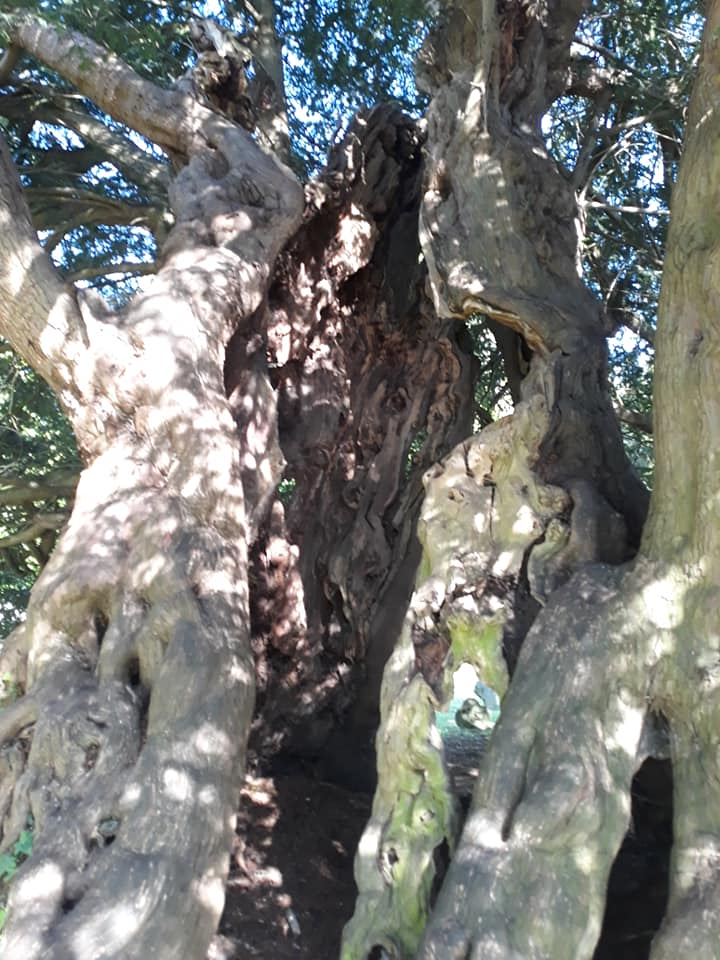
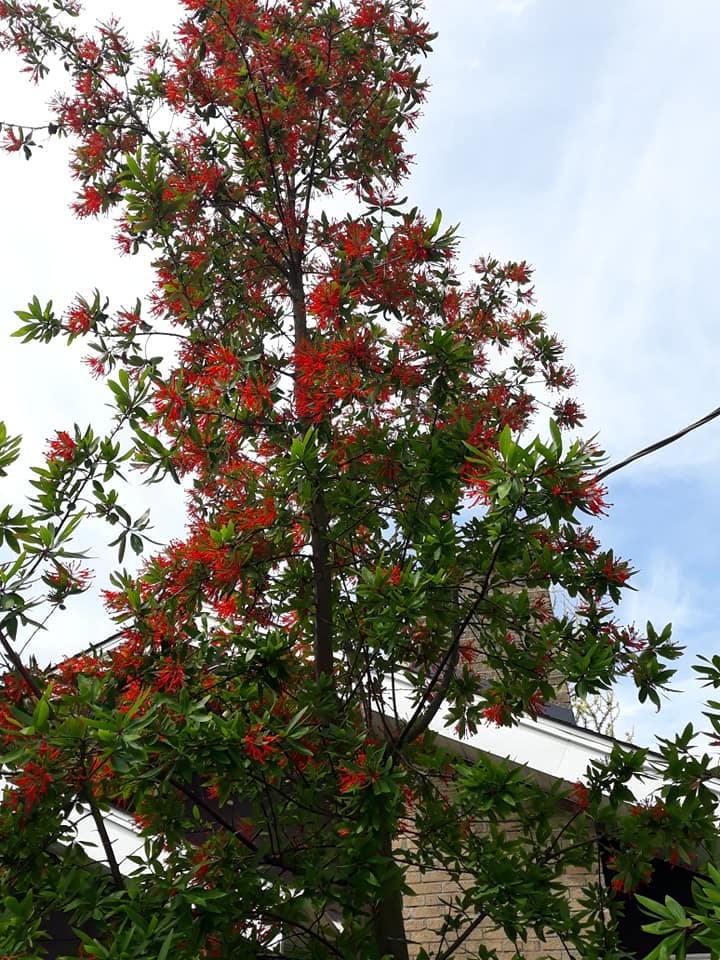
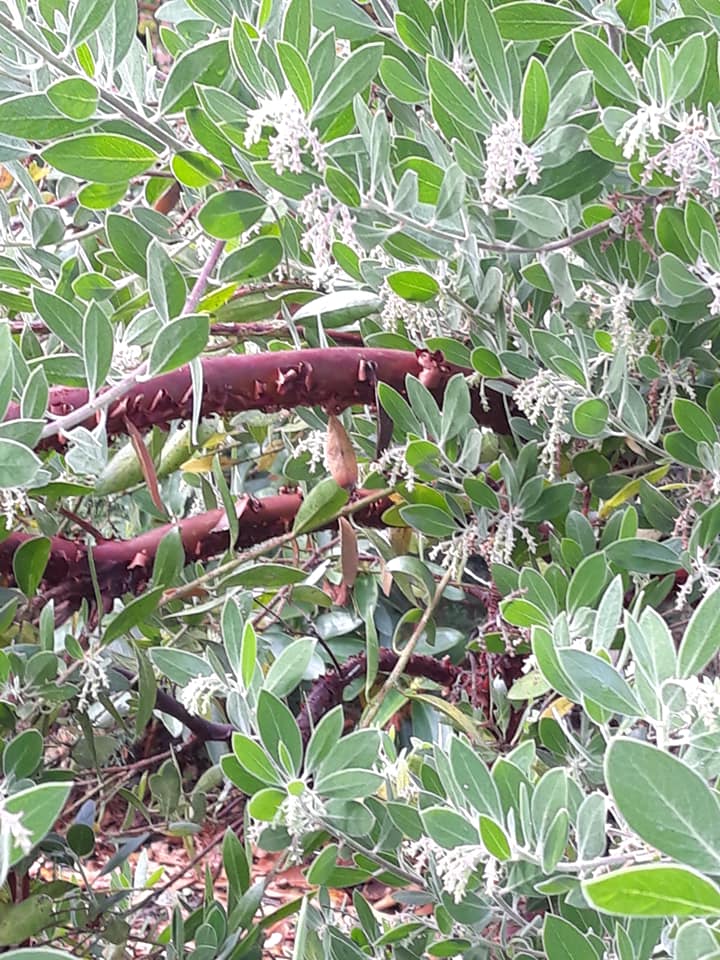
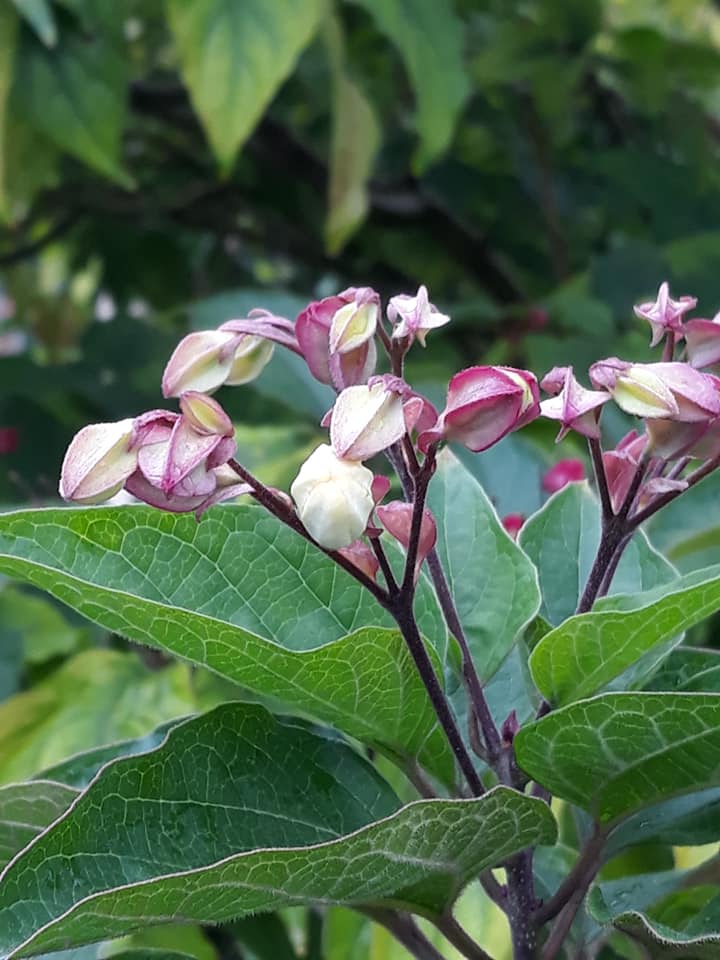
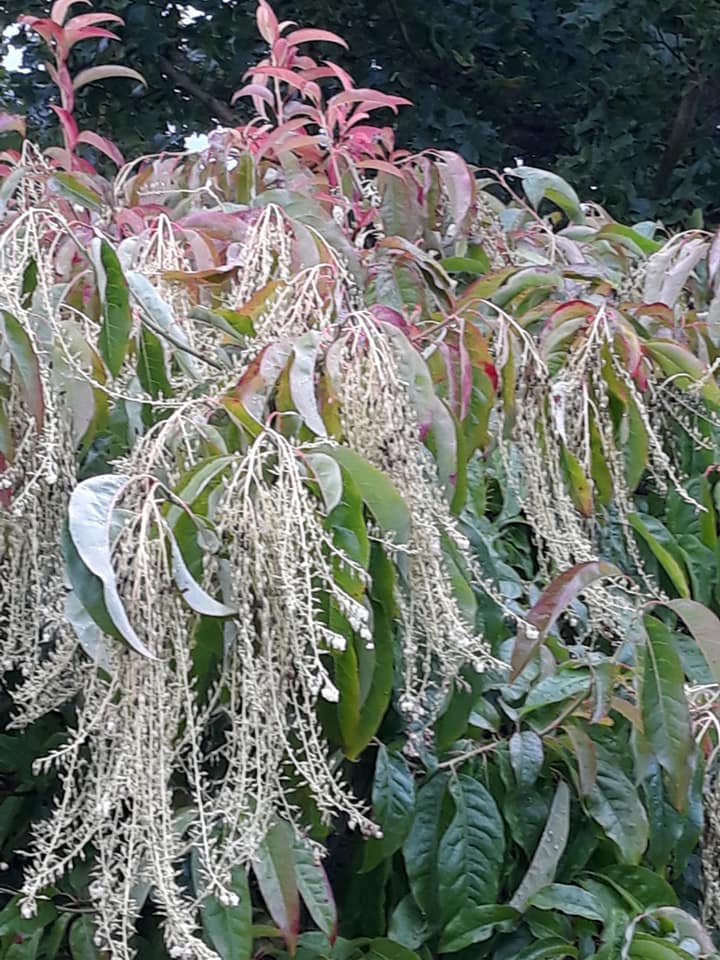
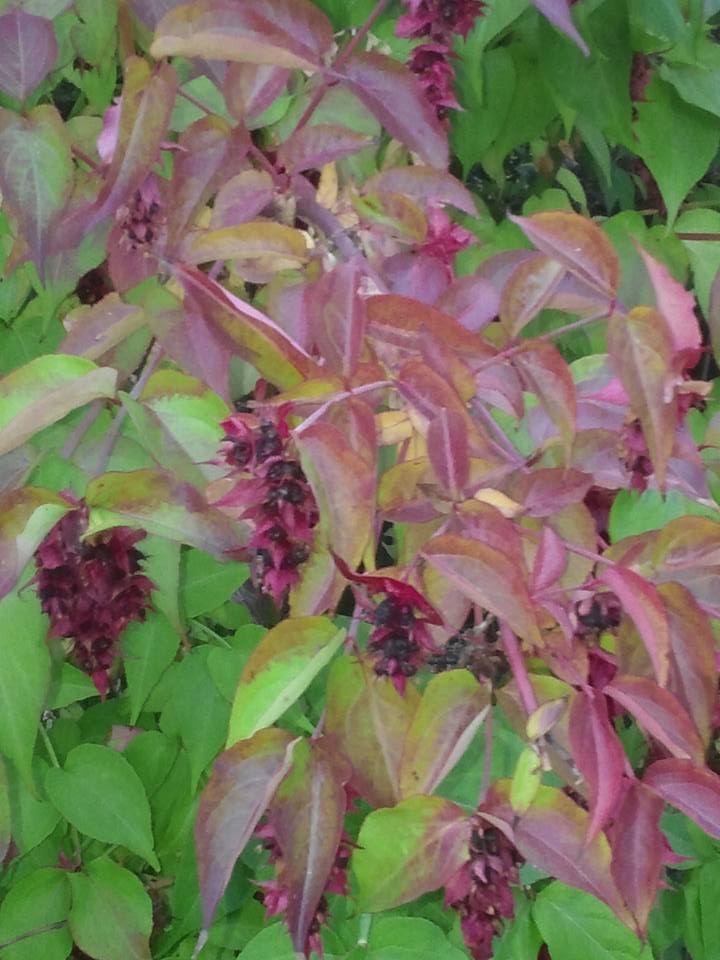
You must be logged in to post a comment.